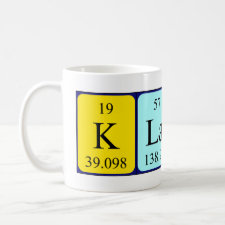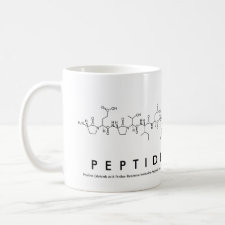
Authors: Leonhardt A, Mosbach K
Article Title: Enzyme-mimicking polymers exhibiting specific substrate binding and catalytic functions.
Publication date: 1987
Journal: Reactive Polymers, Ion Exchangers, Sorbents
Volume: 6
Issue: (2-3)
Page numbers: 285-290.
DOI: 10.1016/0167-6989(87)90099-7
Abstract: This report describes, to our knowledge, the first attempts to combine two approaches, that of molecular imprinting and the preparation of polymer-bound catalysts. This leads to reactive polymers showing enzyme properties, i.e., substrate specificity and catalytic activity. Polymers were prepared by radical co-polymerization of 4-(5)-vinylimidazole with a crosslinker (divinylbenzene) and a guest molecule (derivatives of N-protected amino acids) in the presence of transition metal ions (Co2+). Thus, a transition metal ion complex is formed together with vinylimidazole and the guest molecule. Following elution of the guest molecules after polymerization, the polymer particles were allowed to react with the p-nitrophenyl esters of the corresponding amino acids. Blank preparations were made by polymerization in the absence of the guest molecule. As we observed an increased hydrolysis rate in the above preparations we believe that hydrolysis of the ester is actually taking place in the cavities containing the imidazole groups. Depending on whether the so-called "imprinting" was carried out with methionine or leucine derivatives, a clear preference for hydrolysis of the respective substrate was obtained. These preparations could be used repeatedly (50 times). Likewise, true turnover was observed, indicating the catalytic character of the system.
Template and target information: L-Boc-leucine picolylamide



Join the Society for Molecular Imprinting

New items RSS feed
Sign-up for e-mail updates:
Choose between receiving an occasional newsletter or more frequent e-mail alerts.
Click here to go to the sign-up page.
Is your name elemental or peptidic? Enter your name and find out by clicking either of the buttons below!
Other products you may like:
 MIPdatabase
MIPdatabase









